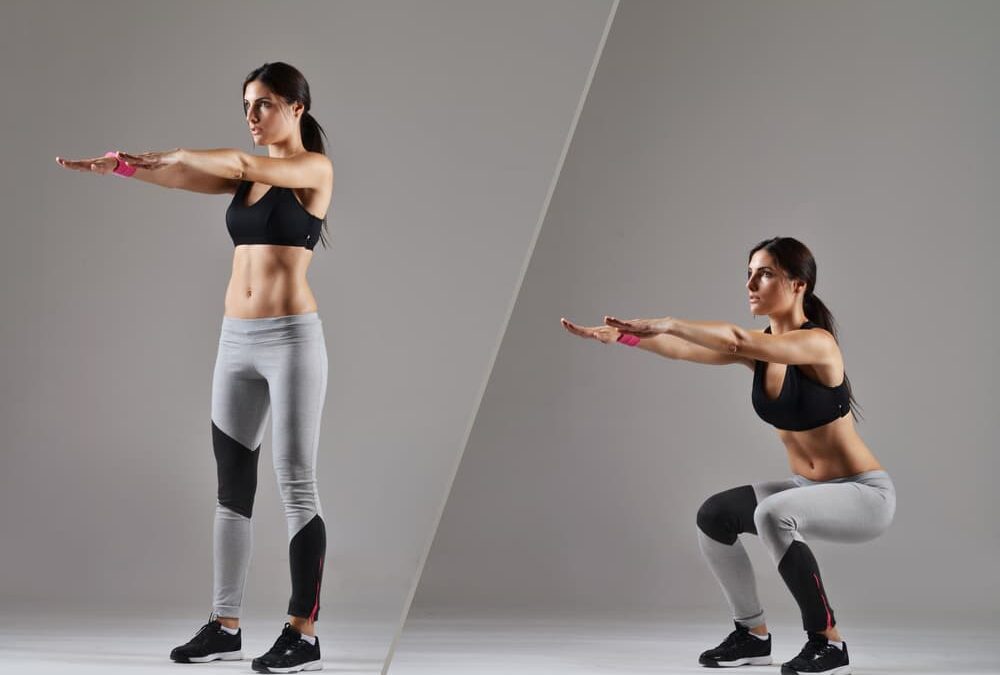Ever wanted to know how to do the perfect squat? In this weeks edition of Workout Wednesday, we demonstrate the correct techniques for doing the perfect beginners squat!
Squats are a great exercise to improve control around the knee caps, in particular activation of the VMO muscle, the major stabilisers of the knee cap.
However, technique is very important. In this week’s workout Wednesday video, Exercise Physiologist Jack Hickey, goes through the technique of how to perform the perfect squat and get the best knee, hip and ankle control to get the most from your perfect squat exercises
Squats are primarily an exercise for the Patello-femoral joint. The patello-femoral-joint is the joint between the patella (knee cap) and the intercondylar notch of the femur, where the patella tracks during flexion and extension of the knee.
This tracking of the patella is largely influenced by the balance between lateral and medial forces acting upon it. The majority of the lateral force acting on the PFJ come from the vastus lateralis (VL) component of the quadriceps muscle and the ilio-tibial-band (ITB).
The medial forces acting upon the PFJ are controlled by the vastus medialis (VM) muscle, particularly the oblique portion of this muscle referred to as VMO.
Extract taken from our blog article ‘Patello-Femoral-Joint (PFJ) Knee Pain Explained’ by Jack Hickey
Perfecting the Squat
These are more advanced exercises for knee pain, especially PFJ (Patello-femoral joint pain) and are also a great exercise for pelvic instability and ankle stability issues. As always, control of the knee, hip and ankle is important. When you start your squat exercise, make sure that the inside muscle of the thigh, the VMO muscle ( vastus medialis oblique) is contracted, to keep control of the knee cap as you perform the squat.
Squats are a great, general exercise for lower leg, as it requires control of all the major joints of the legs, the pelvic, hips, knees and ankle, as it involves eccentric control of all these joints. Eccentric exercises require the most control and load the tendons up the most, which is the best for motor learning and building strength.
More specifically, squats are primarily an exercise for the Patello-femoral joint. The patello-femoral-joint is the joint between the patella (knee cap) and the intercondylar notch of the femur, where the patella tracks during flexion and extension of the knee.
This tracking of the patella is largely influenced by the balance between lateral and medial forces acting upon it. The majority of the lateral force acting on the PFJ come from the vastus lateralis (VL) component of the quadriceps muscle and the ilio-tibial-band (ITB).
The medial forces acting upon the PFJ are controlled by the vastus medialis (VM) muscle, particularly the oblique portion of this muscle referred to as VMO.
Extract taken from our blog article ‘Patello-Femoral-Joint (PFJ) Knee Pain Explained’ by Jack Hickey



